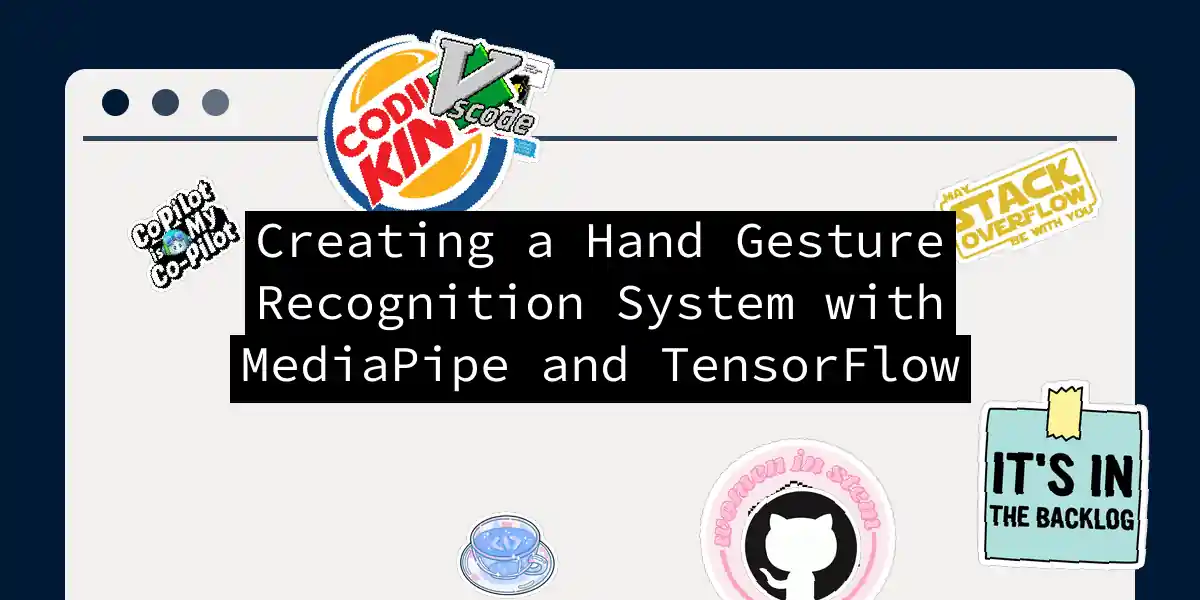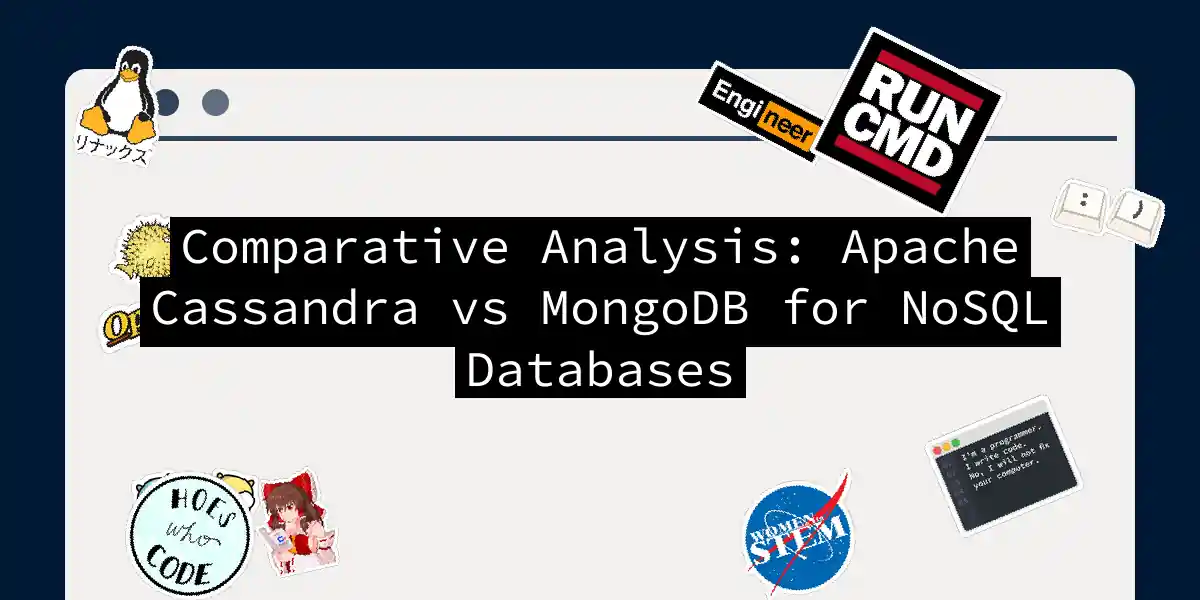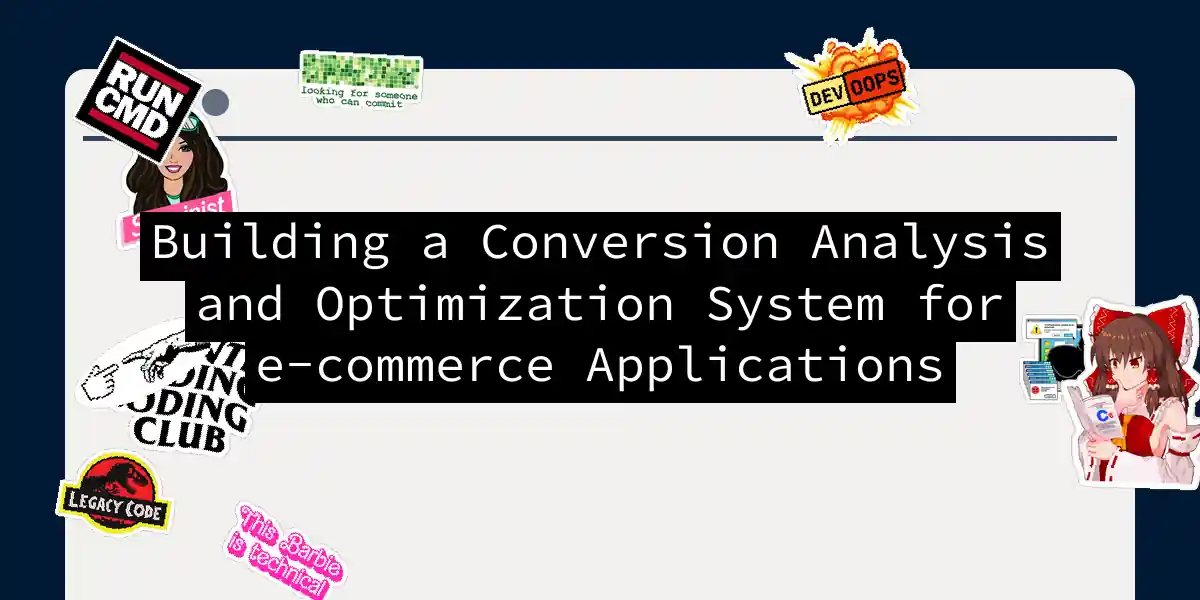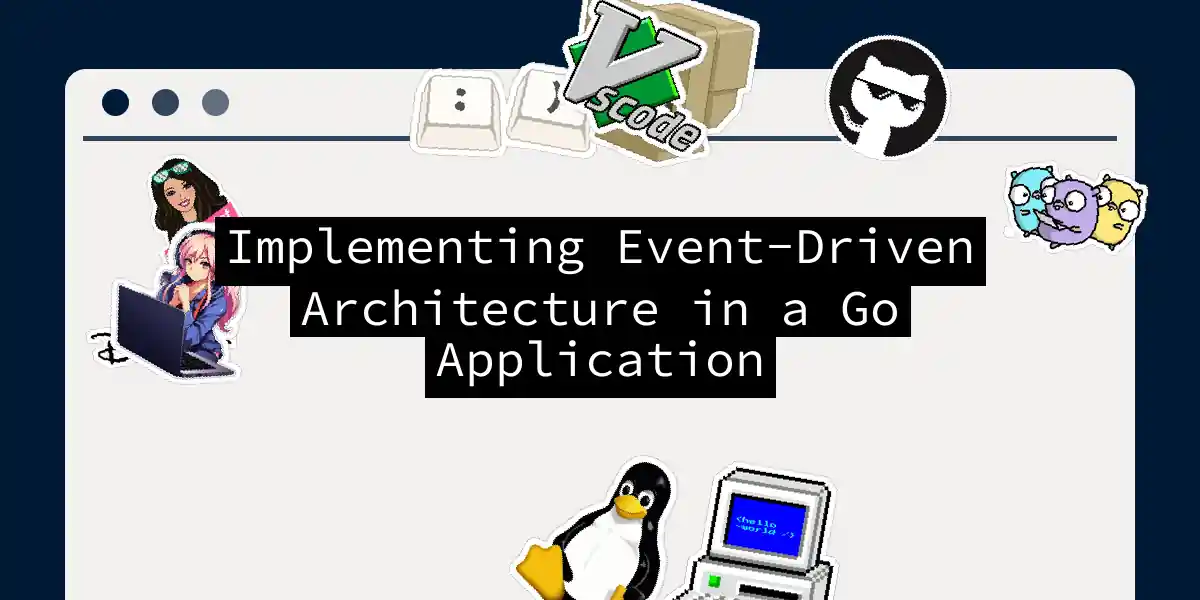
Creating a Hand Gesture Recognition System with MediaPipe and TensorFlow
Introduction to Hand Gesture Recognition Hand gesture recognition is a fascinating field that bridges the gap between humans and machines, enabling intuitive and natural interactions. Imagine controlling your robot or virtual environment with just a wave of your hand – it sounds like something out of a sci-fi movie, but it’s entirely possible with the right tools and a bit of coding magic. In this article, we’ll delve into creating a hand gesture recognition system using MediaPipe and TensorFlow, two powerful frameworks that make this task not only feasible but also fun....



